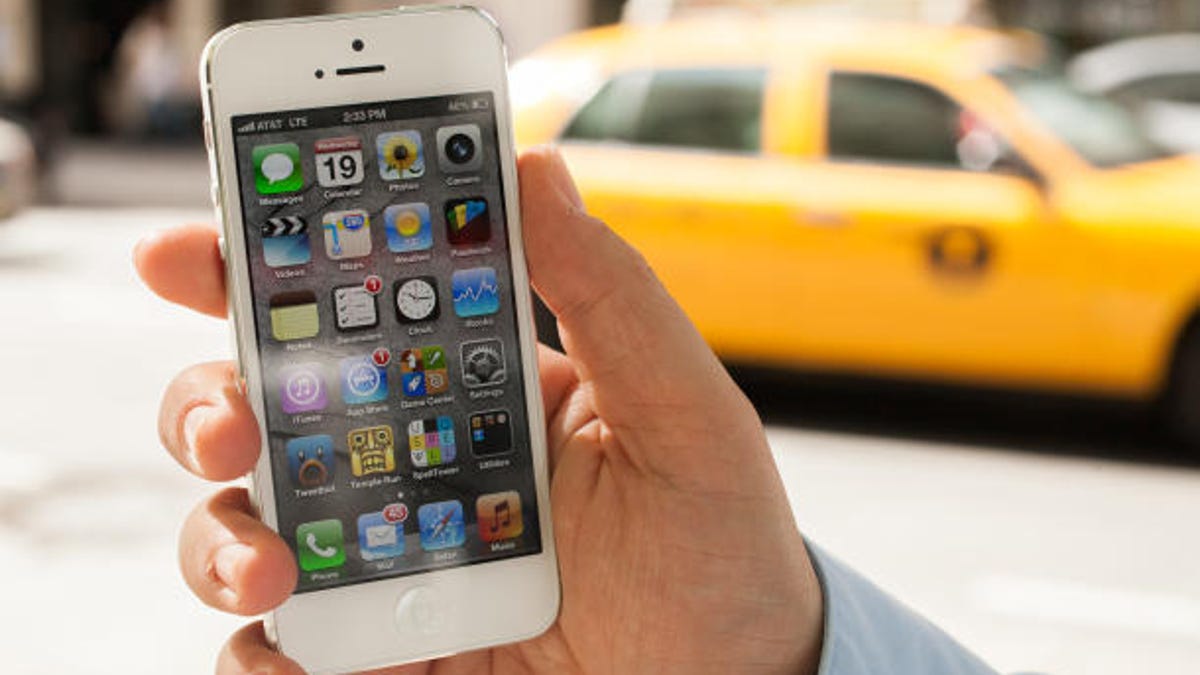Apple sells 47.8M iPhones in Q1
The iPhone 5 exploded out of the gate with the company's usual frenzy, but can sales hold up?

Apple closed out 2012 on a high note with its iPhone sales, but many fear its momentum is already beginning to peter out.
The Cupertino, Calif., company said today that it sold 47.8 million iPhones in the fiscal first quarter (or the last quarter of the calendar year). The results were above analysts' average projected sales of 46 million to 47 million units, although many analysts had higher estimates, and were left disappointed. It sold 37 million units a year ago.
What remains to be seen is whether the
Apple executives didn't directly address the issue, but noted that supplies were constrained. In addition to a shortage of iPhone 5 units in the early part of the corner, supplies of iPhone 4 were also constrained, CEO Tim Cook said during a conference call with analysts. He did say that he expects iPhone sales to grow over a year ago.
Cook also seemingly dashed any hopes of a larger display for the iPhone by touting the iPhone 5's larger 4-inch Retina Display screen. He reiterated the screen's ability to work with one hand.
"We put a lot of thinking into screen size," he said.
Apple had cut the component orders for iPhone displays, suggesting a letdown in demand, according to the Wall Street Journal.
Cook addressed that rumor directly, saying he would question the accuracy of any rumor, and noting that the single data point couldn't accurately reflect the larger picture of Apple's business.
"It would be impossible to accurately interpret what it meant for the entire business," Cook said.
The past few weeks have seen a back-and-forth on Wall Street on whether the iPhone really is starting to see eroding sales, all while the company's shares slumped. At least one analyst said the company would lose share in the March quarter, while Kantar Worldcom ComTech said the iPhone still took the crown in the U.S. during the final quarter of the year.
Verizon, meanwhile, posted its fourth-quarter results yesterday, reporting sales of 6.2 million iPhones. The bad news: Half of those sales were made up of the older
"Clearly, Apple likely experienced strong sales of cheaper iPhones which helped offset supply constrained related to the iPhone 5," said Julien Blin, an analyst at Infonetics.
Apple doesn't break out sales of each iPhone model, but Cook said the mix between iPhone 5 sales and older models was similar to the mix of iPhone 4S and its prior models a year ago. He noted that the average selling price for the iPhone business was roughly equal.
Apple likely benefited from a large number of iPhone users that were coming up for renewal, Blin said.
Cook, however, said a lot of new customers were buying the phone. But he didn't directly address a question about whether a majority of sales were coming from upgrades.
Cook also announced 36 more carriers would get LTE support for the iPhone 5, including carriers in Italy, Denmark, Finland, the Philippines, and several Middle Eastern countries.
Updated at 3:01 pm PT: to include additional executive comments and details throughout.

